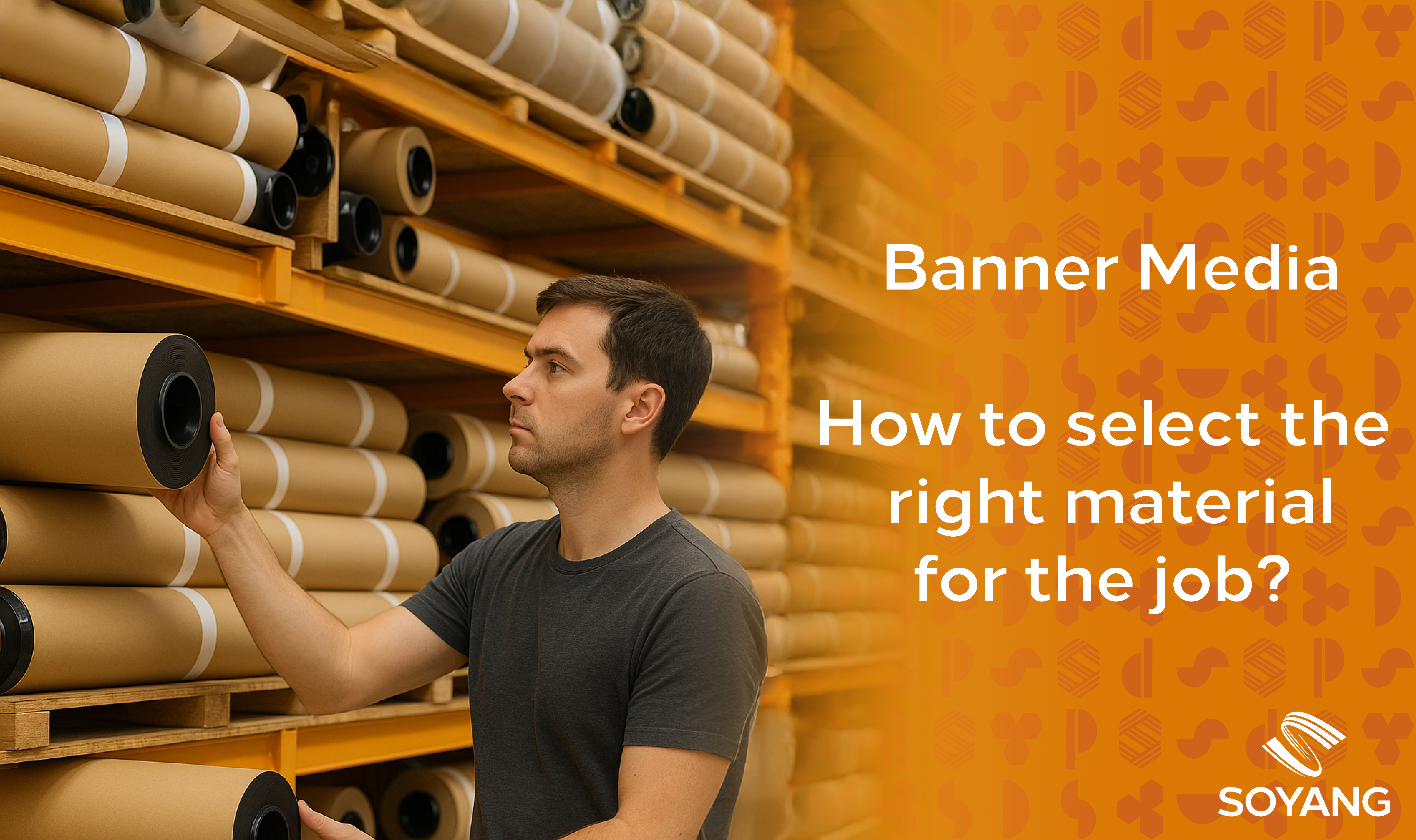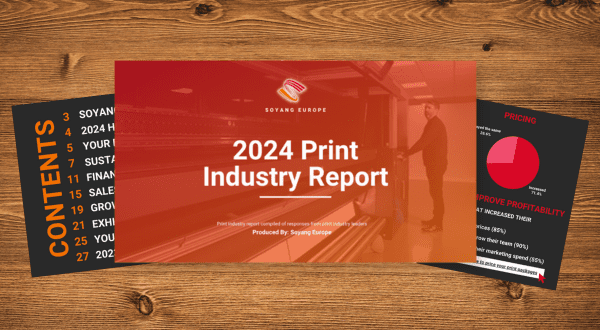Cheap supplies may seem the sensible way to keep your print shop’s overheads down. But the risk of poor print results and unhappy customers means that ‘cheap’ can, in a range of ways, become pretty expensive. Here’s Soyang’s guide on choosing the best print materials for your business and your budget.
Budgets are tight. Budgets are always tight. But given what’s happening in the global economy right now, you can’t blame a business for wanting to trim its costs a little. One of the simplest and most effective ways of reducing overheads is by cutting the costs of the printing materials you use.
Yet there’s a difference between trimming material costs in a smart, considered way (which we’ll get to in a moment) and opting for cheap print materials that inevitably result in cheap-looking products.
What do we mean by “cheap” printing materials?
It’s not purely about cost. It’s about quality. Smart budgeting can help you reduce materials costs without the client noticing much (if anything) in terms of the quality of product they receive.
Simply adopting a cheap approach, however, means low-grade papers, underwhelming finishes, quick-fade inks and more – all things that result in a poorer product. And that’s not their only effect…
The hidden costs of cheap printing materials
1. Damage to your brand image
If you’ve studied the basics of business, you’ll know there are essentially three routes to profit: cost, quality and service. Yet we’d argue that, for a print shop, there’s really only one. Sure, you can offer the lowest prices or a five-star service, but ultimately, a customer’s decision to choose you and keep choosing you is going to come down to whether you delivered sufficient quality for the price you charged.
Your printed materials – your flyers, booklets and large format banners – are your calling card. So you want them to say good things about your brand.
2. Higher reprint costs
One of the ironies of choosing low-quality materials is that they often lead to more frequent reprints. Cheap paper wears out quickly. Ink fades. Binding falls apart. So instead of printing once and having materials that last, you end up printing again… and again.
This costs in terms of materials used. But there’s also rework time, delivery costs and the potential cost of repairing a damaged reputation (discounts or freebies to keep the customer onside) to consider.
3. Wasted marketing opportunities
The only thing worse than using cheap print materials for customer projects? Using cheap materials for your own marketing campaigns. If you want to impress, cheap isn’t the answer.
How to cut the cost of print materials while protecting quality
1. Match material to project
Quality matters, of course, but you know there’s a sweet spot that delivers the quality the customer demands for the price they expect to pay, but which doesn’t leave you out of pocket. Match print materials to project by considering:
- How long do you need the printed material to last?
- Who is the target audience?
- How will it be handled, displayed, or distributed?
2. Optimise paper and vinyl buying
There are papers and vinyls you use all the time. Then there are the niche substrate you only use once in a while. One way to cut the cost of your print materials without opting for “cheap” is to bulk buy the materials you use most often so you can maximise savings.
At the same time, keep a close eye on your inventory of niche products and ‘run lean’ on these so you don’t tie up money in materials that are likely to sit on your stockroom shelf.
An added benefit of this is that the less high value material you have lying around, the less space they take up and the less chance there is of them being damaged.
If you use a print management system, it should be able to help you understand which materials to bulk buy, and which to treat as niche.
3. Optimise inks
We’d always recommend against compromising on ink quality in an effort to lower costs. Low-quality inks inevitably mean fading, bleeding, or dull colours (or all three).
So rather than skimping on the ink, ensure you’re optimising your print practices so that your business sips rather than guzzles ink.
Monitor printers to identify any that are consuming unusually high levels of ink. Print any non-critical documents in draft or eco mode, in greyscale or double sided. And make sure your team is trained to do the same.
4. Work with the right print materials partner
An expert print partner is one of the most important factors in helping you balance quality with cost. They’ll be able to guide you through the material selection process. They’ll suggest alternatives that deliver greater bang for your buck. They may even be able to offer in-house sampling and testing.
Look for printers who:
- Offer a wide range of options.
- Provide print samples.
- Have positive reviews.
- Are partners and advisors, not simply distributors.
Talk to Soyang
Want to achieve the right balance of cost and exceptional quality wide-format and superwide-format media? Talk to Soyang.










